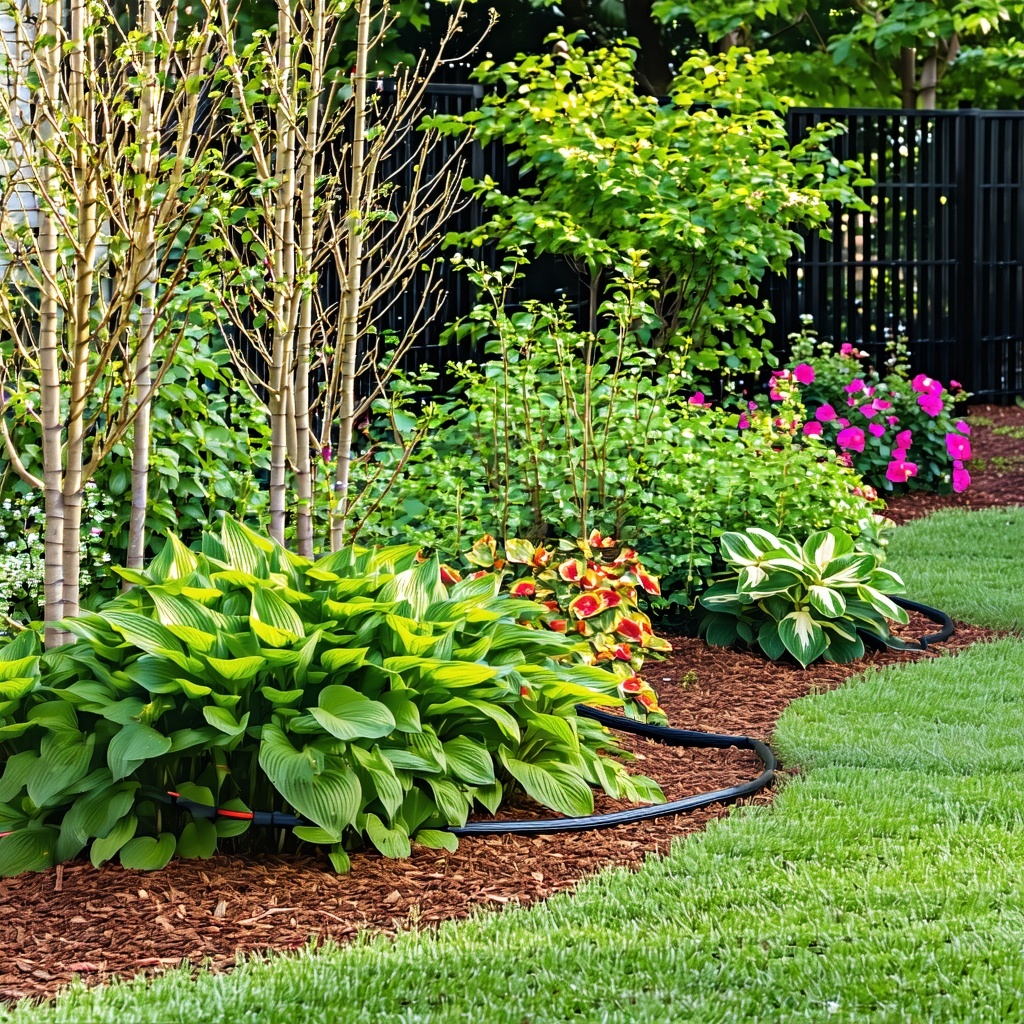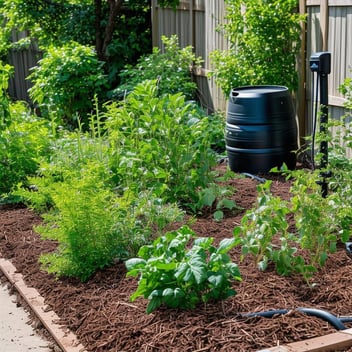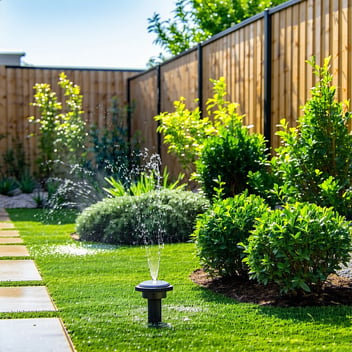Seasonal Irrigation Tips: Watering Through the Year
Introduction
Watering your garden isn't a one-size-fits-all task. As the seasons change, so do your plants' hydration needs. By tailoring your irrigation practices to each season, you can promote healthier growth, conserve water, and enhance the resilience of your landscape.
Spring: Awakening Growth
Spring heralds new beginnings in the garden. As plants emerge from dormancy, their water requirements increase.
-
Monitor Soil Moisture: Early spring soils may retain moisture from winter. Use a moisture meter or check soil 2-3 inches deep to determine if watering is needed.
-
Deep Watering: Encourage deep root growth by watering thoroughly but less frequently. This practice fosters robust plants capable of withstanding summer stresses.
-
Morning Watering: Watering in the early morning reduces evaporation and allows foliage to dry, minimizing disease risk.
-
System Check: Inspect your irrigation system for leaks or clogs. Spring is an ideal time to perform maintenance and ensure efficient operation.
Summer: Managing Heat and Drought
Summer's heat increases evaporation rates, making efficient watering crucial.
-
Increase Frequency: Depending on your region, you may need to water more frequently. Aim for deep watering sessions 2-3 times per week.
-
Mulch Application: Apply a 2-3 inch layer of organic mulch to retain soil moisture and regulate temperature.
-
Drip Irrigation: Utilize drip systems to deliver water directly to the root zone, reducing evaporation and water waste.
-
Avoid Midday Watering: Watering during peak sun hours can lead to significant water loss. Stick to early morning or late evening schedules.
Fall: Preparing for Dormancy
As temperatures cool, plants begin to prepare for dormancy, altering their water needs.
-
Reduce Watering: Gradually decrease watering frequency as plant growth slows.
-
Monitor Rainfall: Adjust your irrigation schedule based on natural precipitation to prevent overwatering.
-
Soil Moisture Checks: Continue to monitor soil moisture, ensuring it remains adequate but not excessive.
-
System Winterization: In regions with freezing temperatures, prepare your irrigation system for winter by draining water and insulating exposed components.
Winter: Minimal Maintenance
Winter's cold temperatures and dormant plants require minimal watering.
-
Watering During Dry Spells: In milder climates, occasional watering may be necessary during extended dry periods.
-
Avoid Frozen Soil: Do not water when the ground is frozen, as this can damage plant roots.
-
Protect Evergreens: Evergreen plants may need supplemental watering during dry winters to prevent desiccation.
-
System Shutdown: Ensure your irrigation system remains off during freezing conditions to prevent damage.
Conclusion
Adapting your irrigation practices to the changing seasons is essential for maintaining a healthy, vibrant garden. By understanding and responding to your plants' seasonal water needs, you promote sustainable gardening and conserve valuable water resources.




